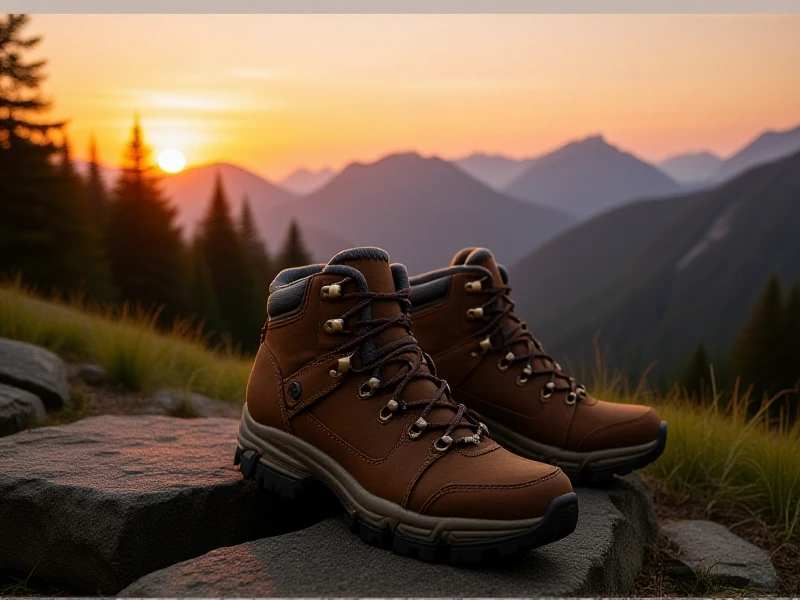The Ultimate Guide To Picking The Right Trekking Shoes: Conquer Every Trail

****
Your feet are your most crucial gear on any hike. Comfortable, supportive trekking shoes transform tough terrain into exhilarating adventure, while the wrong pair can turn a scenic trek into a painful slog. This guide cuts through the noise to help you find the perfect trekking shoes for comfortable, safe miles.
It All Starts Below: Understanding Your Needs
Forget the "best overall". Prioritize your hikes:
- Terrain & Trek Type: Gentle paths? Supportive trail runners or lightweight hiking shoes suffice. Rugged, rocky mountains or multi-day treks with heavy packs demand the durable support, ankle protection, and aggressive grip of hiking boots. Know your typical trails!
- Fit Is Absolute King: Tight shoes cause blisters; loose lead to instability and hotspots. Always size up slightly (often ½ to 1 full size) – feet swell during long walks. Prioritize width too: narrow, regular, and wide options are crucial for comfort. Shop late in the afternoon when feet are naturally larger. Bring your preferred hiking socks for a true test.
Key Features That Make a Difference
Once you know your terrain and have a good fit foundation, scrutinize these elements:
-
The Foundation – Outsoles:
- Vibram™: The legendary gold standard. Renowned for exceptional durability and superior grip on wet/dry rock, mud, and loose surfaces.
- Proprietary Rubber Brands: Most major brands offer high-quality equivalents (e.g., Salomon Contagrip®, Merrell Vibram® variants). Look for deep, multi-directional lugs for traction, especially on descents. Ask: How aggressive is the tread?
-
The Shock Absorber – Midsoles:
- EVA Foam: Lightweight, gives initial cushioning. Compression reduces protection over time ("packing out").
- PU Foam: Denser, heavier, retains support longer, preferred for heavier loads/serious treks.
- Combination: Many shoes blend EVA and PU strategically – EVA in the heel for initial cushioning impact, denser PU under the arch for sustained support. Cambered soles (like Salomon's "Profeel") enhance smooth, stable strides.
-
Protection & Weatherproofing:
- Toe Caps: Crucial! Robust rubber overlays shield toes from rocks and roots.
- Ankle Support: High-cut boots deliver maximum stability on uneven ground. Mid-cut offers a balance. Low-cut shoes prioritize agility and lightness on established trails.
- Weatherproof Membranes (Gore-Tex®, etc.): Essential for wet/muddy conditions or cold temps. They create a "bootie" inside, blocking external moisture – but are less breathable. For dry, hot climates, prioritize breathable non-waterproof models to keep feet cooler.
-
Breathability & Upper Construction:
- Look for synthetics with strategically placed mesh panels. Leather offers superb durability but weighs more and has a longer break-in period.
Find Your Perfect Adventure Partners
Ready to leave pain behind and embrace the trail? Invest the time:
- Know your terrain, pack weight, and typical trip duration.
- Measure & Try On: Fit is personal. Visit a reputable outdoor retailer where staff understand hiking footwear. Test insoles and wear your trusty hiking socks.
- Prioritize Key Features: Focus on the outsole grip, midsole support, toe protection, and appropriate weatherproofing for your needs.
Choosing the right trekking shoes is the smartest step toward conquering trails with confidence and comfort. Don't compromise – your miles depend on it. Lace up the perfect pair; your next great adventure awaits. The trail beckons!